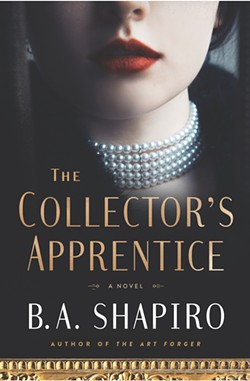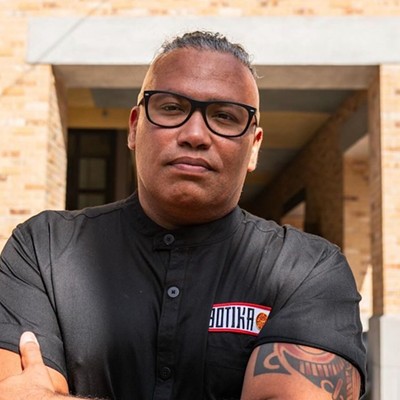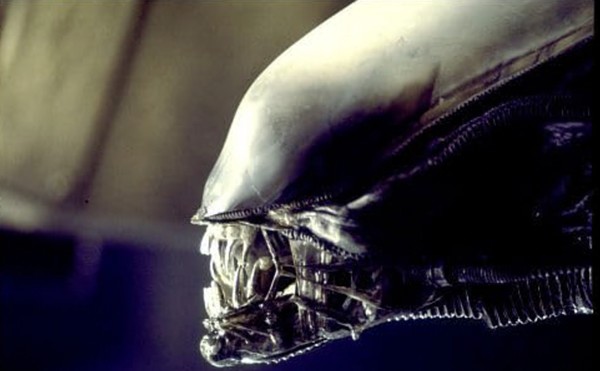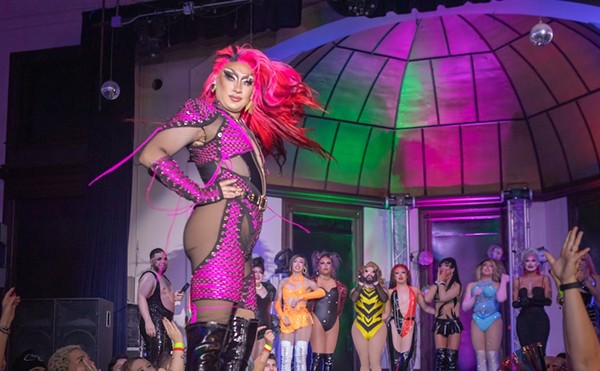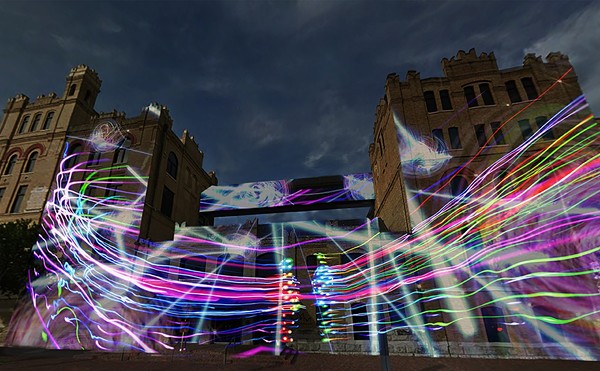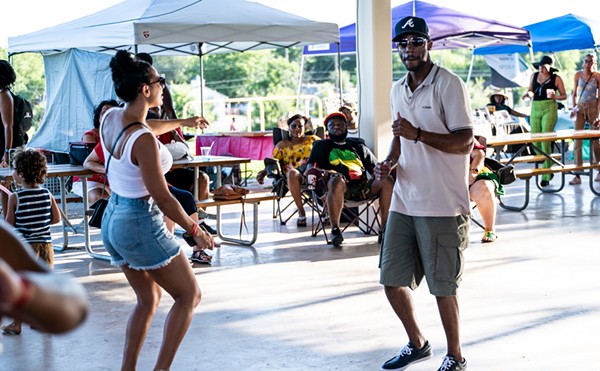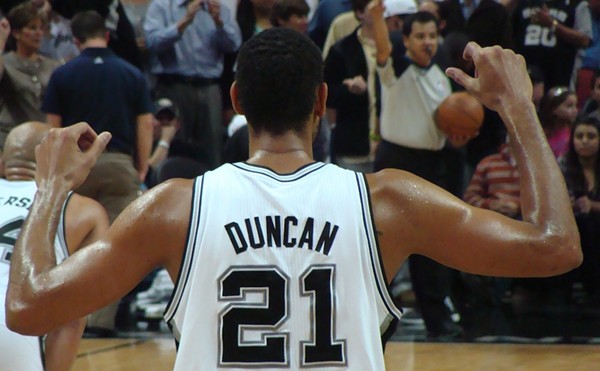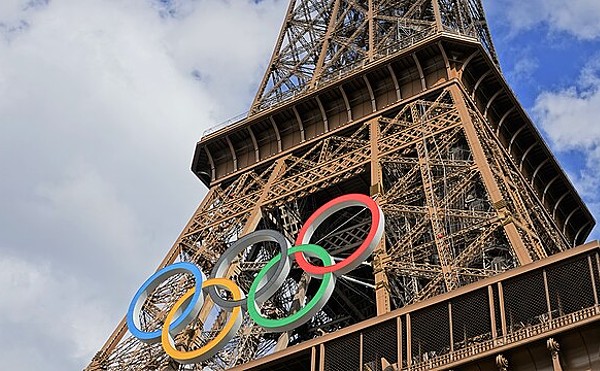New York Times Best-selling Author B.A. Shapiro on Art and Con-artistry
By Patricia Portales on Thu, Oct 25, 2018 at 10:52 am
Editor's Note: Shapiro has cancelled her appearance at the McNay Art Museum this Sunday.
Among the guests invited to Gertrude Stein’s salons in 1920s Paris sat Henri Matisse, Zelda and F. Scott Fitzgerald, Ernest Hemingway and Pablo Picasso. Art collectors like Violette de Mazia and Albert Barnes, who together amassed the collection for the Barnes Foundation in Philadelphia, often joined Stein’s debates about form, texture and theory. Inspired by de Mazia and Barnes’ work, novelist B.A. Shapiro has created Vivienne Gregsby and Edwin Bradley in The Collector’s Apprentice.
Shapiro’s novel illustrates an artistic vision quest where “the old masters of the future,” post-Impressionist artists shunned for their unorthodox work, create sculptures and paintings for the generations. Vivienne, who began merely as Bradley’s translator, earns her keep and rises to assistant, apprentice and then colleague. Though the two are drawn stylistically to the avant-garde, Bradley becomes increasingly irritable, losing trust in the artistic sensibilities of the general public and deciding he would rather hand-pick his visitors. Vivienne makes it her mission to challenge this idea.
Only months prior, Vivienne was poised to take ownership of the family’s coveted colonnade seven: Henri Matisse’s The Music Lesson, Dishes and Melon, and Still Life with Gourds; Pablo Picasso’s Head of a Woman and Young Woman Holding a Cigarette; Georges Seurat’s A Sunday on La Grande Jatte; and Paul Cezanne’s Five Bathers. Their plan was thwarted when her then-fiancé George Everard embezzled her family’s fortune. She was among the accused. Shapiro’s alternating chronology slowly reveals the ways in which Paulien Martens became Vivienne Gregsby, who, like the art she studied, changed her form.
Orchestrating the sale of the colonnade seven to Bradley in order to keep her family afloat, Vivienne strives to eventually prove her innocence to her family and regain their collection. In a series of shrewd moves, she positions herself as Bradley’s heir. As much as Vivienne is interested in visual art, she is now a student of con-artistry due to the clarity of hindsight. She remembers George’s techniques and employs them in order to gain vengeance. She must also decide whether to use him as a conduit, as he did her.
Shapiro parallels the platforms of visual art and revenge. Vivienne muses as she argues with Henri Matisse, with whom she has become involved, “It’s a useful construct to understand influences.” Whether she is discussing art or revenge is the question.
For museums holding Impressionistic and post-Impressionistic art, San Antonio’s McNay Art Museum among them, the question of genre is a standing debate. Where are the lines drawn? “You are imposing categories on something that can’t be categorized, making it all black and white when it is gray. Is Van Gogh an Impressionist or a post-Impressionist?... I have been called an Impressionist, a Fuavist, a Nabi, and a post-Impressionist. What matters is the work, not the name,” says Matisse to Vivienne.
Get our top picks for the best events in San Antonio every Thursday morning. Sign up for our Events Newsletter.
Among the guests invited to Gertrude Stein’s salons in 1920s Paris sat Henri Matisse, Zelda and F. Scott Fitzgerald, Ernest Hemingway and Pablo Picasso. Art collectors like Violette de Mazia and Albert Barnes, who together amassed the collection for the Barnes Foundation in Philadelphia, often joined Stein’s debates about form, texture and theory. Inspired by de Mazia and Barnes’ work, novelist B.A. Shapiro has created Vivienne Gregsby and Edwin Bradley in The Collector’s Apprentice.
Shapiro’s novel illustrates an artistic vision quest where “the old masters of the future,” post-Impressionist artists shunned for their unorthodox work, create sculptures and paintings for the generations. Vivienne, who began merely as Bradley’s translator, earns her keep and rises to assistant, apprentice and then colleague. Though the two are drawn stylistically to the avant-garde, Bradley becomes increasingly irritable, losing trust in the artistic sensibilities of the general public and deciding he would rather hand-pick his visitors. Vivienne makes it her mission to challenge this idea.
Only months prior, Vivienne was poised to take ownership of the family’s coveted colonnade seven: Henri Matisse’s The Music Lesson, Dishes and Melon, and Still Life with Gourds; Pablo Picasso’s Head of a Woman and Young Woman Holding a Cigarette; Georges Seurat’s A Sunday on La Grande Jatte; and Paul Cezanne’s Five Bathers. Their plan was thwarted when her then-fiancé George Everard embezzled her family’s fortune. She was among the accused. Shapiro’s alternating chronology slowly reveals the ways in which Paulien Martens became Vivienne Gregsby, who, like the art she studied, changed her form.
Orchestrating the sale of the colonnade seven to Bradley in order to keep her family afloat, Vivienne strives to eventually prove her innocence to her family and regain their collection. In a series of shrewd moves, she positions herself as Bradley’s heir. As much as Vivienne is interested in visual art, she is now a student of con-artistry due to the clarity of hindsight. She remembers George’s techniques and employs them in order to gain vengeance. She must also decide whether to use him as a conduit, as he did her.
Shapiro parallels the platforms of visual art and revenge. Vivienne muses as she argues with Henri Matisse, with whom she has become involved, “It’s a useful construct to understand influences.” Whether she is discussing art or revenge is the question.
For museums holding Impressionistic and post-Impressionistic art, San Antonio’s McNay Art Museum among them, the question of genre is a standing debate. Where are the lines drawn? “You are imposing categories on something that can’t be categorized, making it all black and white when it is gray. Is Van Gogh an Impressionist or a post-Impressionist?... I have been called an Impressionist, a Fuavist, a Nabi, and a post-Impressionist. What matters is the work, not the name,” says Matisse to Vivienne.
Get our top picks for the best events in San Antonio every Thursday morning. Sign up for our Events Newsletter.

KEEP SA CURRENT!
Since 1986, the SA Current has served as the free, independent voice of San Antonio, and we want to keep it that way.
Becoming an SA Current Supporter for as little as $5 a month allows us to continue offering readers access to our coverage of local news, food, nightlife, events, and culture with no paywalls.
Scroll to read more Arts Stories & Interviews articles
Newsletters
Join SA Current Newsletters
Subscribe now to get the latest news delivered right to your inbox.


